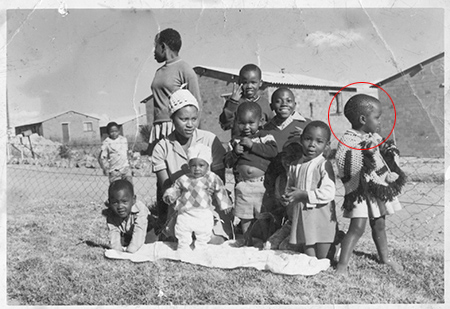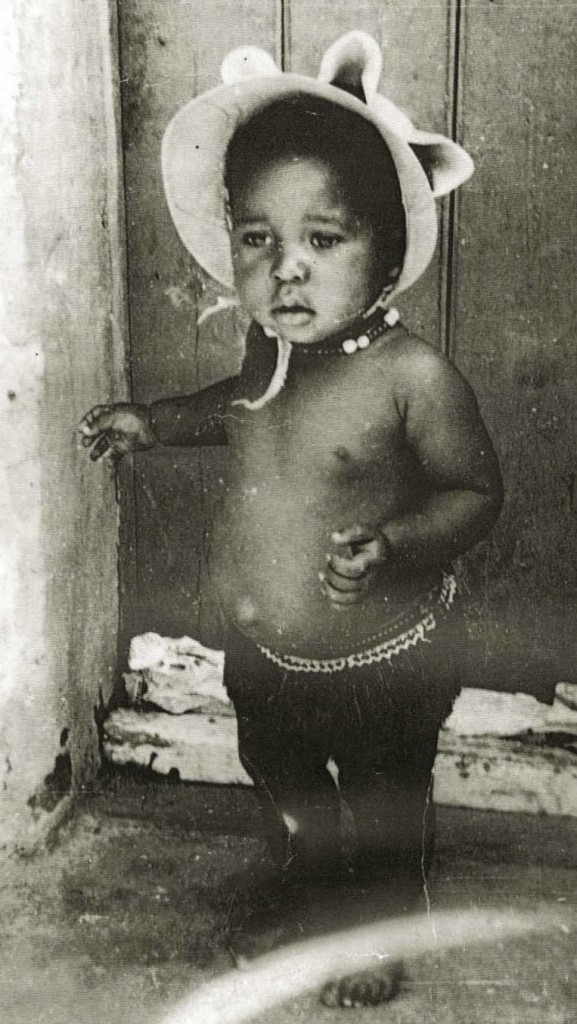Living in those times…
It is against this background that Todd and Thembi’s dreams and ambitions of a better life took shape.
Todd Twala grew up in a township outside Johannesburg, called George Goch. In 1968, under the apartheid government policy of racial segregation and “resettlement,” Blacks were forcibly removed either to large reserves far from the cities, or to areas designated as “townships” not far from the urban centres. This fate befell Todd and her family who were then forced to move.
Todd’s family then settled in Soweto (an acronym for SOuth WEstern TOwnship) on the outskirts of Johannesburg, or Egoli (City of Gold). Soweto was like many other townships in South Africa: Blacks lived in subeconomic conditions with little or no sanitation, no running water or electricity. The housing was in the form of box-like huts; there was limited access in and out of the township (only one or two roads), and barbed wire usually surrounded the area with just about no transport available to the city of Johannesburg.
NEXT> Their first meeting…
Todd Twala with her family in the George Goch Township. She recalls living with 12 people in a 2-bedroomed house.

Thembi at the age of two, standing in the doorway of
her house in Soweto, wearing the traditional Zulu
grass skirt. Her mother said that she was born to
perform, shaking her hips for anyone who was
interested in her performance.

